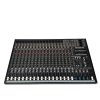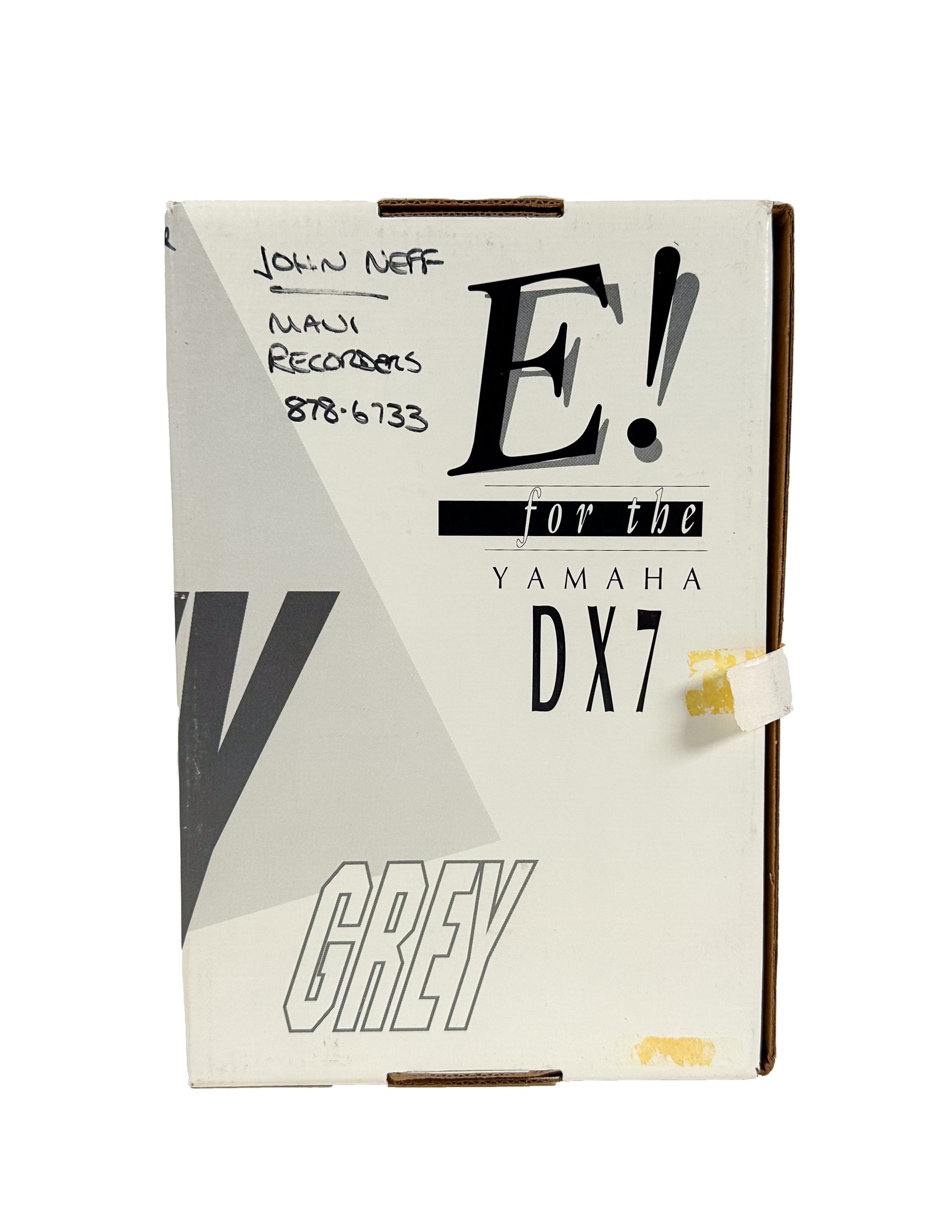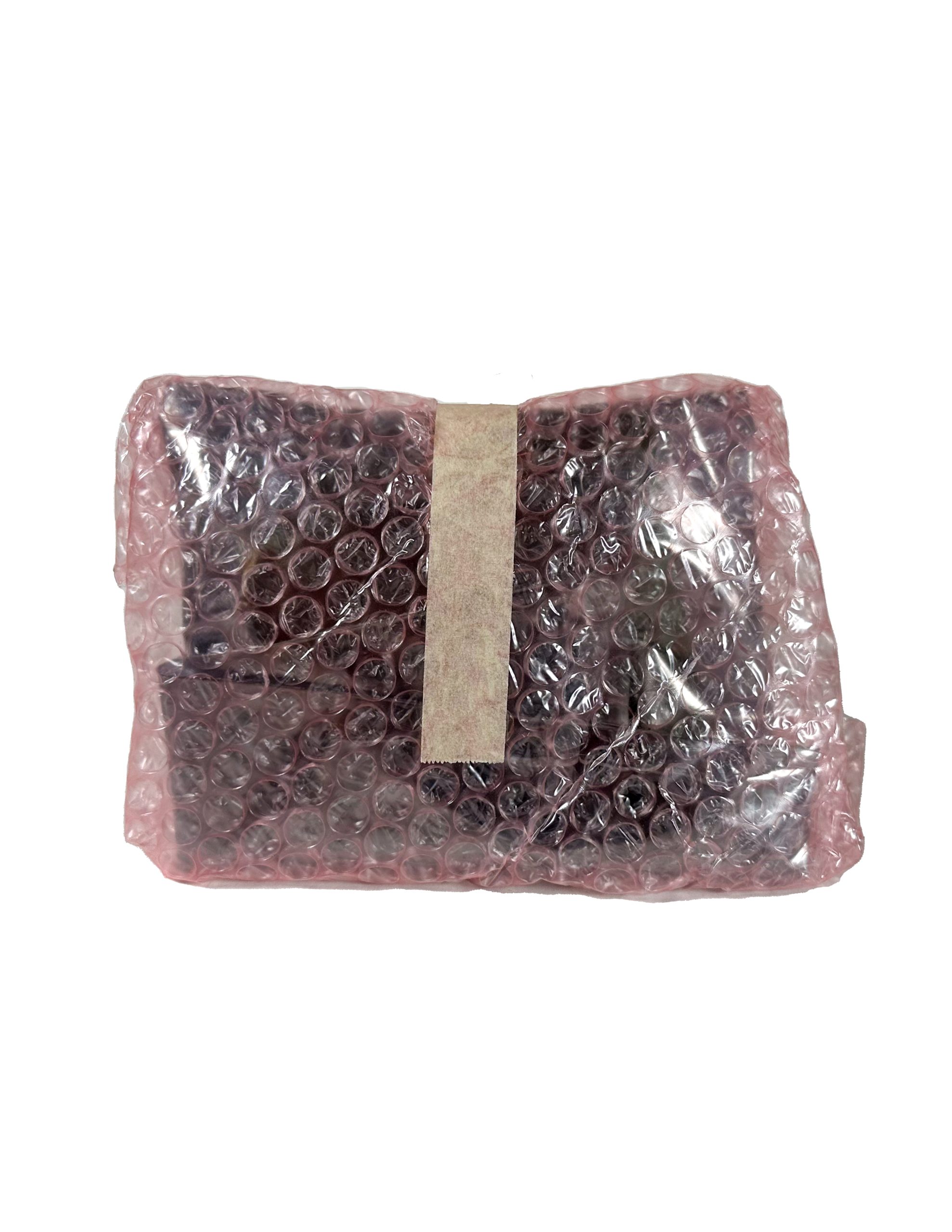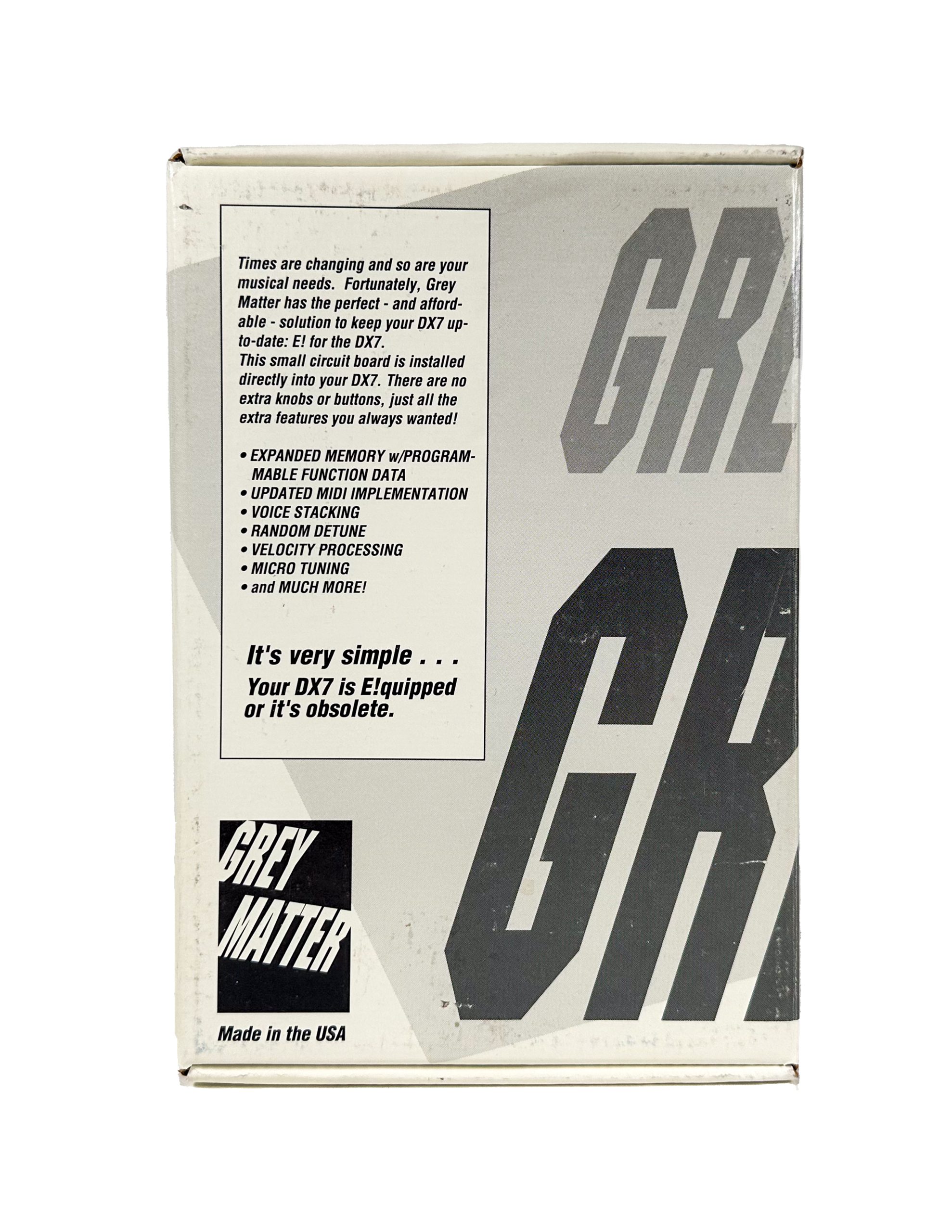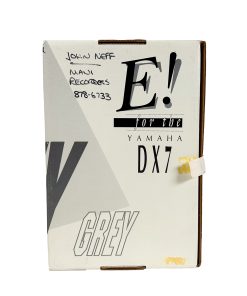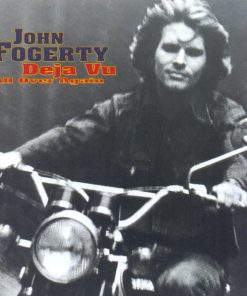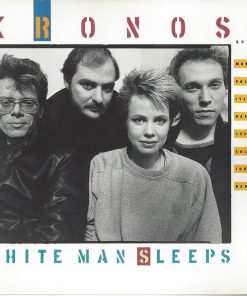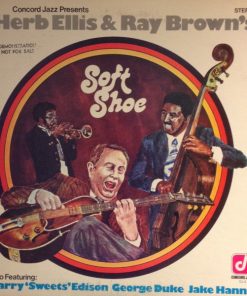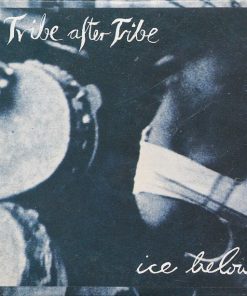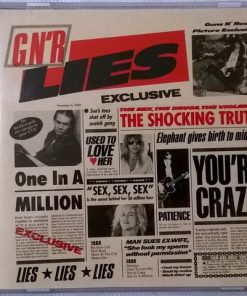Yamaha DX7 Grey Matter E! NEW NOS in box from 1980’s / John Neff owned
$249.00
Out of stock
We are Eclectic Sounds / aka: eclsounds – a store front in Portland, Or. We are open 7 days a week from 11 – 5 PST (by appointment)
This item is unopened and in the original packaging!!
Overview
E! CONSISTS OF a single circuit board that is installed neatly inside the DX7. The installation is routine and can be performed in minutes by a technician or an adventurous DX owner. The board ties in to the DX7 by plugging into the empty sockets of the two Yamaha EPROMS it replaces. Essentially, by replacing Yamaha’s brain – or operating system – with E!’s, your DX7 becomes a new machine.
All E!’s functions are accessed directly from the DX’s existing front panel by means of five special software “pages”: Memory, Function, MIDI, Scales and Physical Control. In practice, the system behaves as if it were a part of the DX7 way of life from day one.
Memory
E! STARTS OUT by adding lots of memory: enough RAM for up to 320 sounds – or voices, as Yamaha call them – in 10 banks of 32. To save you the maths, that’s ten times the memory of the standard DX7. In addition, an optional 256-voice ROM library is available from Grey Matter Response at nominal charge. If you wish, they will even burn ROMs with your choice of 256 sounds that will then permanently reside inside your DX. I make that 576 sounds available, instantly. Handy.
Things look even better when you consider that unlike a standard DX, E!’s RAM is capable of storing function parameters with each voice. And because E!’s function parameters include everything Yamaha’s do plus programmable volume, note ranges, and a host of other setup features, you’ll be getting a lot of new features not previously available.
Don’t forget about RAM cartridges, either. E! provides two ways of formatting them: the standard Yamaha format or a special GMR format which makes the storage of both voices and function parameters on a single RAM cartridge possible. Naturally, a GMR-formatted cartridge will only play back on an E!-equipped DX7.
Performance
THE FUNCTION PAGE is used to set up a variety of performance parameters that control the DX and an external MIDI slave independently. A complete set of function data is stored with each voice, including a specific MIDI Out channel that determines which MIDI slave(s) will be combined with the selected DX sound. The volume of both the DX and the slave is also stored with each voice.
E!’s six different velocity response curves let you fine-tune the response of the DX’s keyboard to your playing style. You can also set minimum and maximum velocity limits and a velocity shift amount for both the DX and a MIDI slave.
There are no fewer than five keyboard modes available to let you play your DX and a slave in different configurations. Normal Mode behaves like a regular DX. Rolling Mode alternates notes between the DX and the slave to produce interesting results when playing chords: some notes sound on the DX while others sound on the slave. Float Hi Mode lets you play the DX with your right hand while playing the slave with your left; E! keeps track of which is which on its own. Track Hi Mode sends only the highest note currently being played to the slave, while the DX sounds all notes. And Local Off Mode simply severs the direct connection that otherwise exists between the DX’s keyboard and its own sounds – especially useful if you use your DX as a controller for a MIDI sequencer.
E! also features a key limit function that lets you define upper and lower note limits within which both the DX voice and the MIDI slave will respond.
One thing all DX owners should appreciate is something that behaves like a conventional analogue filter control: GMR call this “Timbre” and it’s one of E!’s neatest tricks. It works by simultaneously adjusting the output levels of all the operators acting as modulators in the current patch. Result? You can tweak the overall brightness of your sounds quickly with a single control.
Also of special note is GMR’s Random Detune feature. Unlike the common detune functions we’re all familiar with, Random Detune applies a random tuning value – within the range selected – to each new note. The intention is to imitate some of the tuning inconsistencies that occur naturally in acoustic instruments.
MIDI
A DX7 EQUIPPED with E! will transmit on any MIDI channel while receiving on any other. A variety of Merge Modes is available for combining incoming MIDI data such as key events, controllers or clock data with the DX’s own MIDI output. Most MIDI users will agree that one more device that merges will be a welcome addition in the studio.
GMR have attempted to improve the suitability of the DX for use with guitar controllers. The result is, yes, Guitar Mode – a pseudo-Mono Mode, if you prefer. You’ll also find a complete set of System Exclusive utilities to define E!’s communication with the outside world: editor/librarian/patch generation software, TX modules, additional FM storage devices and so on.
The MIDI Page also contains a useful patch mapping facility that lets you re-direct an incoming patch change to any other program number. This feature is especially handy if you have to plug your DX into somebody else’s set-up or sequence file. You can use the buried patch changes to call the sounds you want the DX to play without having to shuffle sounds around in memory to match the original patch change numbers.
Data Filtering
THE PHYSICAL CONTROL page is where you’ll find the Master Tuning button, which (at last) features a display accurate to 1/3 cent.
A complete set of MIDI data filters are available for both incoming and outgoing MIDI data. SysEx, Sustain Pedal, After Touch, Mod Wheel, Breath Controller, Foot Controller, Pitch Bend and Program Changes may be ignored (with “In Filters”) and simultaneously blocked from transmission (with “Out Filters”) in any combination.
E! also provides a series of Local Filters that mimic Local Off Mode. But rather than blocking the DX from responding to notes played on its own keyboard, these Local Filters block the DX from responding to its own controllers. This lets you send a patch change to the system without changing the sound you’re playing on the DX, for example.
DX Stack Mode is a wonderful feature that lets you sound two DX voices per note. Polyphony, naturally, is reduced from 16 voices to eight, but the results are well worth the sacrifice – especially if you combine this feature with the Random Detune Mode described earlier. The result is a beautiful chorus effect that, because of the random pitch deviation, has no predictability (other than the maximum amount). The Physical Control Page also contains controls to re-map the DX7’s controllers to other controller destinations.
Most of the parameters of the Physical Control Page can be stored as – what else? – Physical Presets. You can store up to 16 of them and recall them instantly by holding down the portamento pedal and selecting buttons 1-16. This type of instant reconfiguration makes an E!-equipped DX7 a fine controller for live performance.
In the interests of creativity, GMR have introduced microtonality to the DX7. In doing this, they’ve provided users with a direct means of accessing the DX’s internal 4096 pitches-per-octave tuning for new musical adventures. Storing the 16 user-definable scales does take some memory, though; be prepared to lose two banks (64 voices) of E!’s RAM to free the required space. This still leaves a 256-voice RAM capacity – a small enough price to pay for unlimited access to bold new worlds.
There are two ways of creating alternative scales: adjust the pitch values individually for each note – one at a time – or use E’s handy utilities for automatic scale generation.
Verdict
IF YOU’RE PLANNING on holding on to that old DX or perhaps picking up a used one cheap, E! is definitely a worthwhile investment. Considering the price tag, E! would be a pretty good deal if all it did was store 320 sounds.
Getting the most out of it takes a bit of effort, but then again, so does just about everything on the DX7. In the end, the wealth of features that E! makes available justifies the time it takes to master its operation.
Perhaps you, like me, are wondering just exactly how a small company with only one primary product developer can manage to come up with an enhancement that the monolithic Yamaha corporation failed to. Many of the features made available to the DX7 with the original version of E! have been incorporated into the DX7II as standard. Now, this new version of E! gives the old DX7 features not contained on the new DX7II.
E! for the DX7II has just arrived, featuring – among many other things – eight-voice multi-timbral capacity. Are Yamaha leading the industry, or are companies like Grey Matter Response leading Yamaha?
( Due to people taking advantage of eBay / Reverb return policies; wanting to “try out and/or pilfer parts” we can no longer take returns on used gear unless it arrives damaged. Sorry for this inconvenience. We test and guarantee all gear to be 100% working unless stated otherwise )
| Weight | 32 oz |
|---|---|
| Dimensions | 12 × 9 × 4 in |
Related products
To Be Sorted
To Be Sorted


